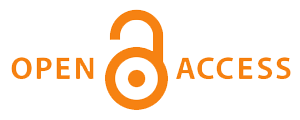The impact of applying the CAMELS banking assessment model asa control tool On Iraqi private commercial banks for the period 2016 -2020
Keywords:
banking supervision, early warning model, CAMELSAbstract
The banking sector is currently facing great challenges resulting from intense competition in the financial environment, and this is what makes the supreme audit bodies and the Central Bank audit as the highest supervisory authority on banks in order to achieve profit and not be exposed to loss, and this requires identifying the banking strengths and risks that constitute points Weakness that affects the future performance and the life of the bank, which requires special supervisory care, and from this point of view, the research aims to use the CAMELS model as a control tool in banks, through the use of its six indicators: capital adequacy, asset quality, management quality, profits, liquidity And sensitivity to market risks, through a case study of commercial banks, the research sample during the period (2016-2020).The research reached several conclusions, the most important of which are: During the research period, the banks obtained a rating of (3) to put it in the third level. According to the composite assessment of the indicators of the model, the research made several recommendations, the most important of which are: The necessity of applying the Camels model as a support for banking audits in highlighting the strengths and shortcomings of banks, which constitute an important entrance to the A search for the roots of banking problems and their causes, which leads to directing attention to them, which leads to an increase in the efficiency of banking work
Downloads
Published
Issue
Section
License
The copyright is transferred to the journal when the researcher is notified of the acceptance of his research submitted for publication in the journal.



